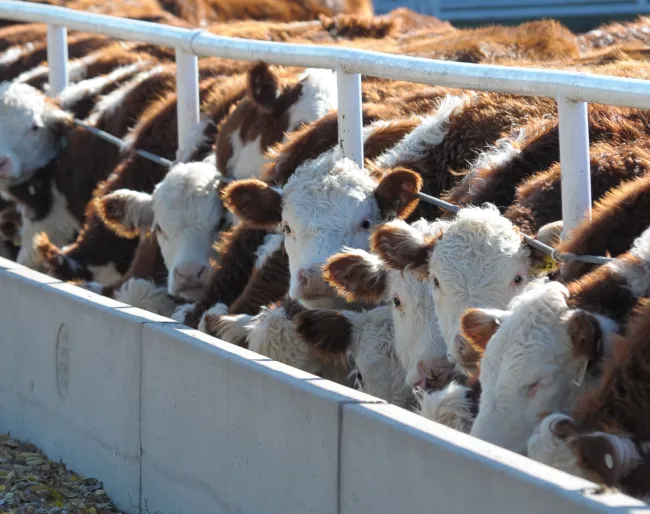FCRN member Martin Heller of the Centre for Sustainable Systems at the University of Michigan has calculated the greenhouse gas emissions (GHGEs) and energy demand associated with the diets of individuals in the US, based on a one day dietary recall survey. The highest-emitting 20% of diets are responsible for 46% of diet-related GHGEs, while the lowest-emitting 20% of diets cause 6% of diet-related GHGEs. The food types causing the highest percentage of GHGEs are meats (57%), dairy (18%), beverages (6%) and fish and seafood (6%).

The distribution of dietary GHGEs is shown below. The average daily dietary impacts per person are 4.7 kg CO2 eq. and 25.2 MJ non-renewable energy demand.

Image: Heller et al. (2018), Fig. 2. Cumulative emission intensity of US one-day diets using average impact factors.
Some caveats of the study are: it uses farm gate emissions (or processor gate in the case of mildly processed commodities such as flours, oils, corn derivatives), and therefore does not consider the rest of the food supply chain, such as most processing, packaging, or retail; emission factors are averaged from literature and are not US specific; and, since it is based on a one day dietary recall survey, results may not correspond exactly to actual diets.
The study suggests that climate policies could target the highest emitting diet types, but notes that it is difficult to get people to change their behaviour and, therefore, more research is needed to find ways of influencing dietary change.
Abstract
Human food systems are a key contributor to climate change and other environmental concerns. While the environmental impacts of diets have been evaluated at the aggregate level, few studies, and none for the US, have focused on individual self-selected diets. Such work is essential for estimating a distribution of impacts, which, in turn, is key to recommending policies for driving consumer demand towards lower environmental impacts. To estimate the impact of US dietary choices on greenhouse gas emissions (GHGE) and energy demand, we built a food impacts database from an exhaustive review of food life cycle assessment (LCA) studies and linked it to over 6000 as-consumed foods and dishes from 1 day dietary recall data on adults (N = 16 800) in the nationally representative 2005–2010 National Health and Nutrition Examination Survey. Food production impacts of US self-selected diets averaged 4.7 kg CO2 eq. person−1 day−1 (95% CI: 4.6–4.8) and 25.2 MJ non-renewable energy demand person−1 day−1 (95% CI: 24.6–25.8). As has been observed previously, meats and dairy contribute the most to GHGE and energy demand of US diets; however, beverages also emerge in this study as a notable contributor. Although linking impacts to diets required the use of many substitutions for foods with no available LCA studies, such proxy substitutions accounted for only 3% of diet-level GHGE. Variability across LCA studies introduced a ±19% range on the mean diet GHGE, but much of this variability is expected to be due to differences in food production locations and practices that can not currently be traced to individual dietary choices. When ranked by GHGE, diets from the top quintile accounted for 7.9 times the GHGE as those from the bottom quintile of diets. Our analyses highlight the importance of utilising individual dietary behaviors rather than just population means when considering diet shift scenarios.
Reference
Heller, M.C., Willits-Smith, A., Meyer, R., Keoleian, G.A. and Rose, D., 2018. Greenhouse gas emissions and energy use associated with production of individual self-selected US diets. Environmental Research Letters, 13(4), p.044004.
Read the full paper here. You can contact Martin Heller at mcheller@umich.edu. See also the Foodsource chapter Food systems and greenhouse gas emissions.




Comments (0)